Make the most of your Europe interrailing trip by capturing some incredible photos. Briony Samuel offers ten handy pointers

Interrailing – a unique way of travelling round Europe without the need for a car. If you’re planning an interrail trip soon, or have always toyed with the idea but have never quite got round to doing it, then read the below tips to help you plan your trip and take the best photos to remember it by!
1. Don’t overpack
When you’re going away for an extended period of time, it can be tempting to take all of your worldly possessions with you, ‘just in case’ you need them for any number of crazy hypothetical situations. However, you will live to regret it later as you are hauling your belongings with you in a burden-filled backpack in 30-degree heat. Be brutal when packing – do you REALLY need it? Stick to the essentials and a small selection of versatile clothing, and you will reap the benefits when moving from A to B without the discomfort of an overstuffed bag. This goes for camera kit too – I took one body and one lens with me (Nikon D750 and a NIKKOR 35mm f/1.8 lens), which forced me to get creative with my perspective. Limiting your kit really can be a good thing when travelling!
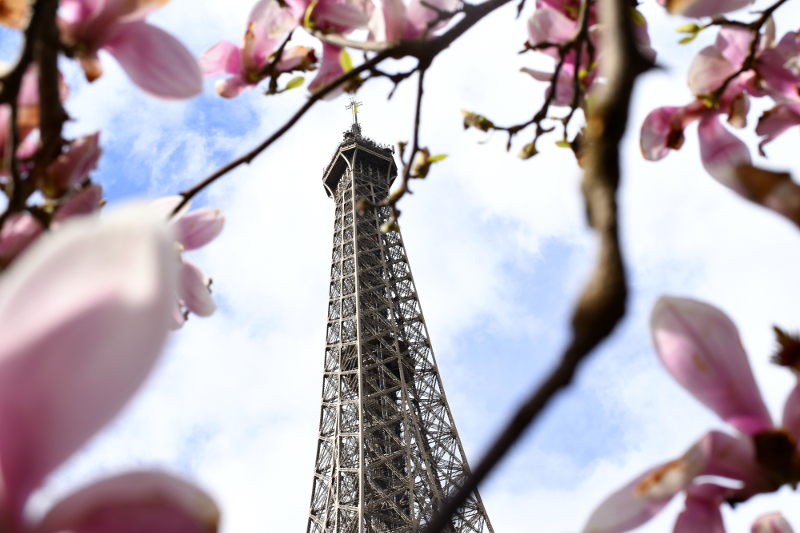
2. Go on your own
Travelling alone can seem like a daunting prospect, especially for those who do not feel naturally confident in a room full of strangers. This said, it can be one of the most rewarding things you can do, and will help you to build your confidence and self-esteem while visiting the places YOU want to see. With no one else to dictate where you go, when you go and how long you stay for, you will be free to explore the places that really interest you without pressure to keep anyone else happy.
It is one of the most liberating feelings to turn up in a new place and decide exactly how you want to spend the day; you can end up on the most unexpected and spontaneous adventures that would never have been an option if you were in a group. People are naturally drawn towards solo travellers, and striking up conversation is so much easier than you’d think, particularly in a hostel setting where the place is full of like-minded solo adventurers! On top of all that, you can take photos at your leisure, spending ages agonising over the composition of a shot, and you’ll have no one there to chivvy you along!

3. Get up early
With no daily alarm clock shrieking in your ear at 6am, you’d be forgiven for using the opportunity to sleep in until 11 every day. However, the proverbial early bird always gets the worm, and some of the best photos are taken in the mornings. Going out for a photo walk at 7am means that you get to capture the beauty of a place without hordes of tourists crowding the scene. It also means you can capture those beautiful candid moments, such as local shop owners setting up for morning trade, or workers chatting over an Espresso before the working day begins. There’s magic to be found in the early hours and you can often pick up on the essence of a place more than you would be able to in the middle of the day. Make sure to set that alarm early at least a few times – it will be worth the rude awakening!
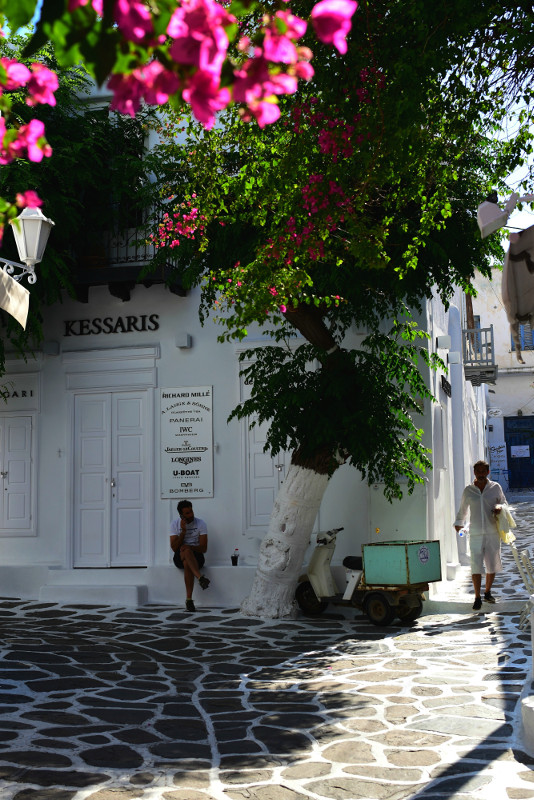
4. Listen to the locals
In the age of the internet, our first move when arriving in a new place is often to fire up TripAdvisor and pick the highest-rated option for our first stop. While this can be a valuable tool, and it can be very helpful reading reviews from other tourists, it’s important not to neglect local knowledge. Some of the best advice I received was from locals, who gave me hints and advice for places to visit that I hadn’t come across on the internet. Strike up conversation with the hostel receptionist, the waiter in a café or a friendly market stall trader, and they’ll usually be more than happy to impart their local knowledge to you! Locals also tend to know where the most photogenic spots are, as these are usually the places unknown to tourists. Ask where the best vistas in the area are and you’ll usually be pointed in the right direction, along with the best times of day to go!
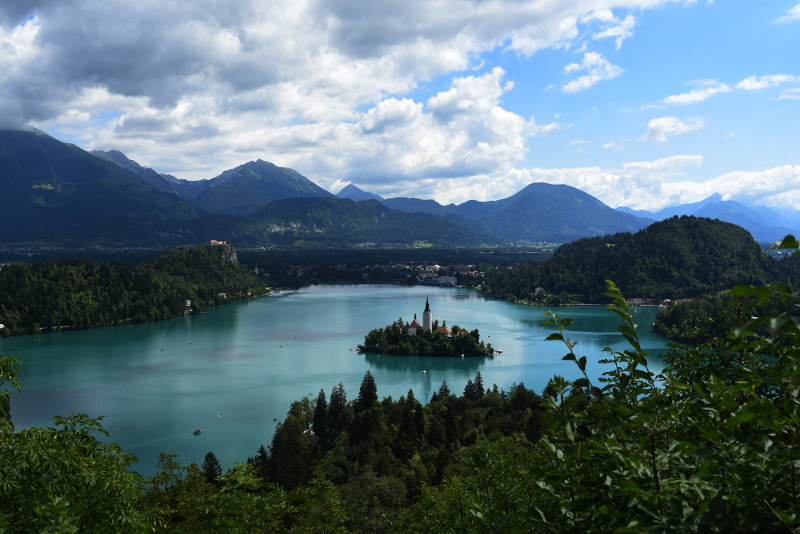
5. Plan, but don’t overplan
There’s no solid answer to how much you should plan your interrail trip. Some people like to book each journey and hostel in advance, knowing exactly what time they’re going to arrive and where they’re going to stay, while others like to go with the flow and leave each stage of the journey to chance. I settle somewhere in the middle – it’s good to have an idea of where you’re going to go and where you might stay when you get there, as well as checking whether the journey is possible using the Interrail planner app. However, there is such a thing as overplanning, and booking too far in advance can kill the magic of travel – you never know who you might meet or how your route might change, and you don’t want to be locked into a concrete itinerary which prevents you from seizing opportunities along the way.
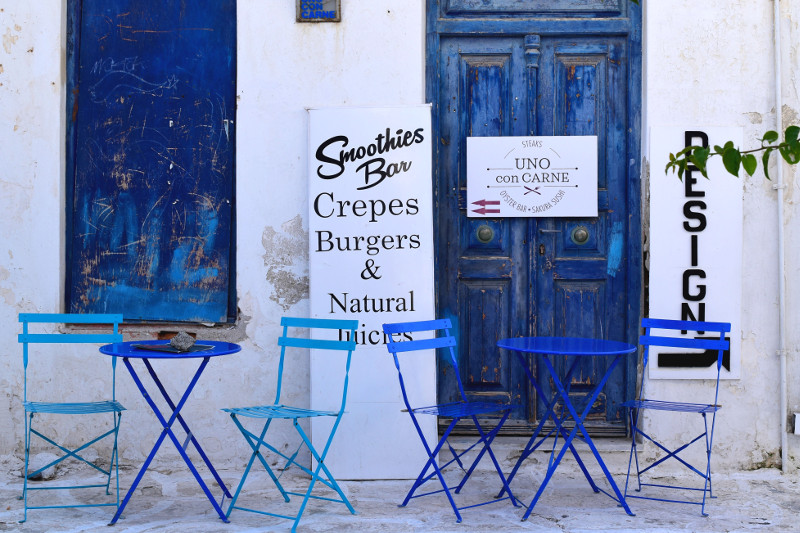
6. Don’t try to fit too much in
With so many countries to explore, it can be tempting to try and fit every European city into your itinerary. My advice is simple: don’t. You will end up completely knackered, disorientated, and unable to appreciate anything each place has to offer. Instead, aim to spend at least three nights in each place; this way you can fully immerse yourself in the atmosphere of each new town or city, and most importantly, you can relax. The first day can be spent wandering freely and getting your bearings, and it’s always a good idea to go on one of the free walking tours on offer as this will help give context to all of the sites you will be walking past daily. The second day can be spent visiting sites of particular interest, and by the third day, armed with your newly-acquired local knowledge, you can do something a little bit off the usual tourist track, and capture some great photos as a memoir.

7. Be prepared to pay for seat reservations
Unfortunately, being the owner of an Interrail pass does not guarantee free train journeys throughout Europe. While there are plenty of regional trains that you can jump on for free, most of the high speed and long distance trains require a seat reservation, which you will have to pay extra for. One way to find out whether your train requires a reservation is through the Interrail planner app. Alternatively, you can ask at the ticket office – I found the easiest way to do this would be to buy the reservation for my next train when I arrived in a place. That way, I knew exactly which train I was getting and what time I would need to turn up at the station. Also, the ticket office attendants could often help you work out the cheapest option.

8. Use social media… wisely
Social media when travelling can be a double-edged sword. On the one hand, it can be a burden if used for the wrong reasons; putting pressure on you to post Insta-perfect shots at every stop, take countless selfies to prove that you’re in a place, or just generally to make it look like you’re having ‘THE TIME OF YOUR LIFE!’. And while often you will be having the time of your life, it’s not always necessary to have to prove it. In fact, the need to capture the moment can sometimes kill the very authenticity that makes it so special.
Instead, use social media wisely. Use the ‘Places’ tab on Instagram to seek out local beauty spots. Use hashtags to explore areas you’re interested in. Follow people you meet on Instagram and keep up to date on their journeys so you can meet up if your routes cross again. Post pictures of exquisite buildings, delicious food, breathtaking views – post what YOU want to post. The key here is to make social media work for you, rather than the other way around.
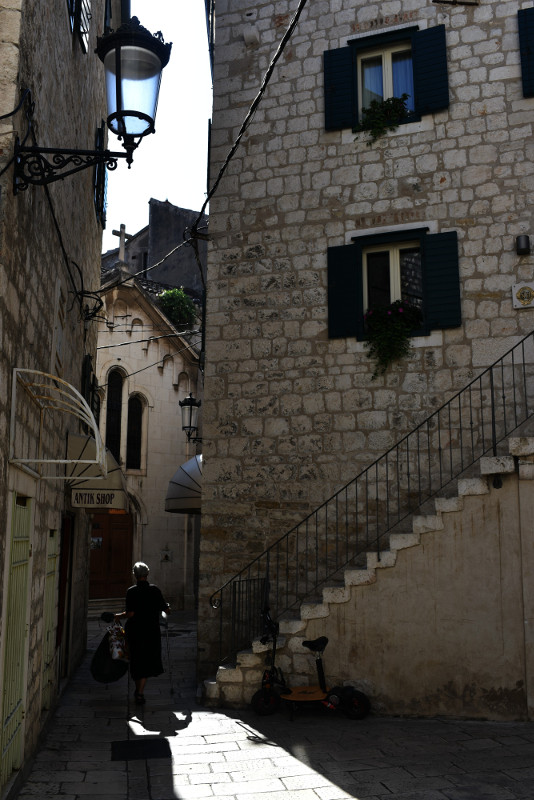
9. Don’t be afraid to leave the camera at home
This is something I learned over the course of my trip. When I first started out, the DSLR was like an extra appendage, coming everywhere with me and swinging round my neck regardless of where I was going or what I was doing. I quickly learned this was an unnecessary burden – both physically and mentally. If you’ve gone to the effort to carry heavy kit with you, then you will almost certainly feel obliged to use it. Instead, take it out only when you feel ready to use it. As mentioned earlier, this could be on a morning photo walk, when visiting a particularly impressive restaurant or hiking up a hill to capture a spectacular sunrise. This way, you’ll focus more on quality over quantity and as a result, you will end up with a much more impressive set of photos.
And if you suffer from the fear of missing out on a good shot, then don’t be afraid to take a small compact camera with you, or even a phone; while the photo quality cannot rival a DSLR, you will still be able to capture those precious moments that you might otherwise have missed.
10. Keep a journal
With so much happening and changing on a daily basis, it can be difficult to remember where you were or what you were doing on any given day. Writing a journal is a helpful way of documenting your trip and will allow you to look back and piece bits together that might be missing in your memories. Keeping a journal can be especially useful if you’re travelling alone, as it gives you an outlet to express your thoughts and feelings, as well as a being a nice distraction while sipping on a coffee or embarking upon a long train journey.

Related articles
Six Tips for Serious Smartphone Photographers
How to Stay Creative in a Content-Heavy World
New York | A Bite of the Big Apple with Panasonic’s LUMIX G9 and GH5S

